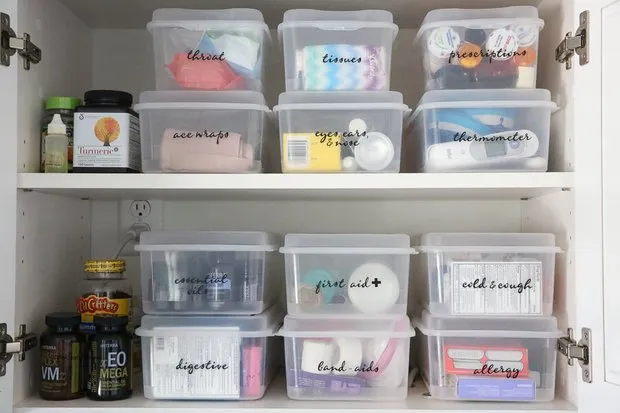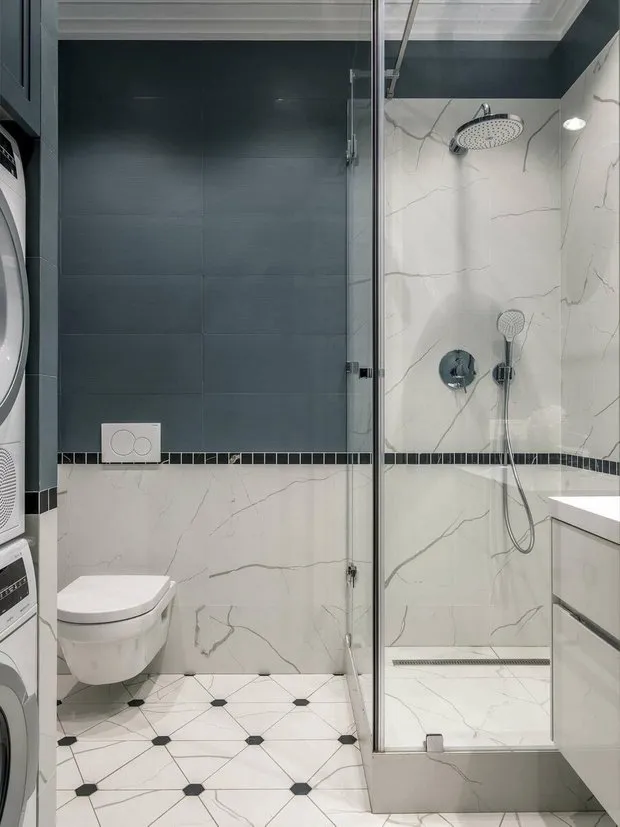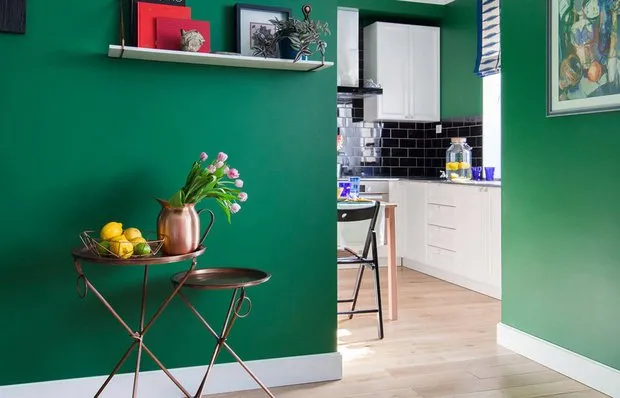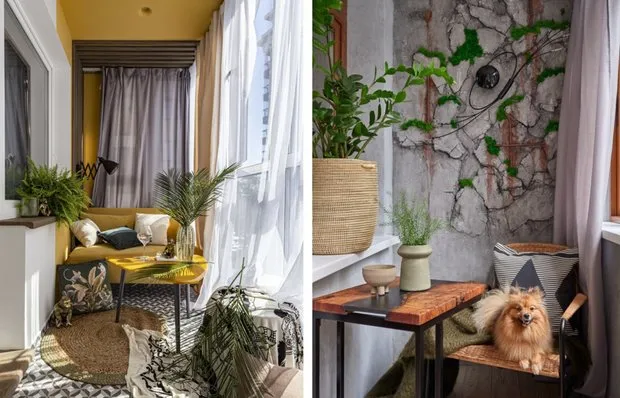There can be your advertisement
300x150
Organizing Your Home Medicine Cabinet: How to Store and Properly Dispose of Medications
Organizing with common sense
Medications for various ailments should always be within reach—just in case something unexpected happens. But how do you find the right medicine among a vast array of packaging? The solution is simple: tidy up your medicine cabinet.
We've prepared five tips to help you remember where and what is stored.
1. A Single Place for Medications
When all medications are scattered around, finding the right one can be extremely difficult. Especially during emergencies, which usually occur unexpectedly and require a quick response. That’s why you should designate one specific place for all blister packs, vials, and tubes, except those stored in the refrigerator.
 Photo: Pinterest
Photo: Pinterest2. Disposal of Expired Medications
Some medications have a limited usage period—for example, one month from the time the package is opened. Check if any of your medications fall into this category and dispose of them promptly. It’s recommended to review medication expiration dates every six months to avoid using potentially dangerous drugs.
How to dispose:
- Water-soluble (marked as 'dispersible') medications should be flushed down the toilet;
- All other medications must be thrown in the trash after crushing tablets into powder and mixing them with sand, soil, or another substance. This prevents stray animals and people from accessing them.
3. Categorizing Medications
Group medications by their pharmacological effect—such as pain relievers, anti-inflammatory drugs, antacids, and others. It's best to keep thermometers, ointments, and plasters in a separate category.
Also, organize medications based on storage conditions: at room temperature, in a cool place, and in the refrigerator.
 Photo: Pinterest
Photo: Pinterest4. Organizing by Containers
Purchase containers of various sizes and store different types of medications in them. Label each container with the appropriate category name to avoid confusion when needed.
Important: Keep medications on upper shelves so children and pets cannot reach them.
5. Creating an Emergency Medicine Kit
Prepare a compact medicine kit with daily hygiene items. For example, masks, tissues, pain relievers, and some mint candies. Plan the contents of your kit so it includes everything necessary for going out.
More articles:
 5 mistakes in renovation that others struggled with, but you can avoid
5 mistakes in renovation that others struggled with, but you can avoid Bright Studio Apartment 28 m² with Dark Green Walls
Bright Studio Apartment 28 m² with Dark Green Walls Narrow One-Window Apartment Renovation for 520 Thousand Rubles
Narrow One-Window Apartment Renovation for 520 Thousand Rubles 8 Amazing Interiors Where the Fireplace Is the Heart of the Home
8 Amazing Interiors Where the Fireplace Is the Heart of the Home 9 Vibrant Interiors That Could Have Been Set Designs for Wes Anderson Movies
9 Vibrant Interiors That Could Have Been Set Designs for Wes Anderson Movies 10 Cool Studio Apartments That You Liked Most in 2021
10 Cool Studio Apartments That You Liked Most in 2021 Green Sofa in Interior: 10 Stylish Living Rooms
Green Sofa in Interior: 10 Stylish Living Rooms 8 atmospheric lofts where you want to relax for hours
8 atmospheric lofts where you want to relax for hours